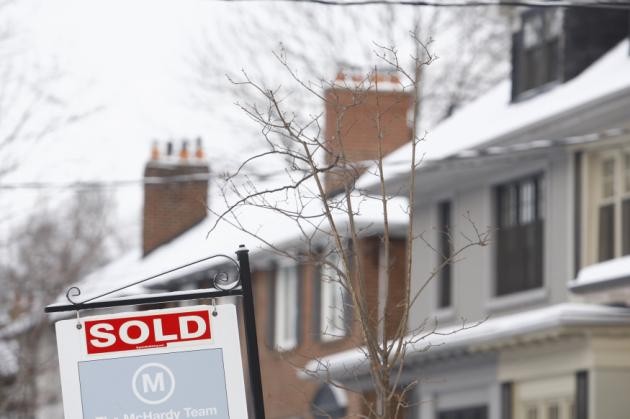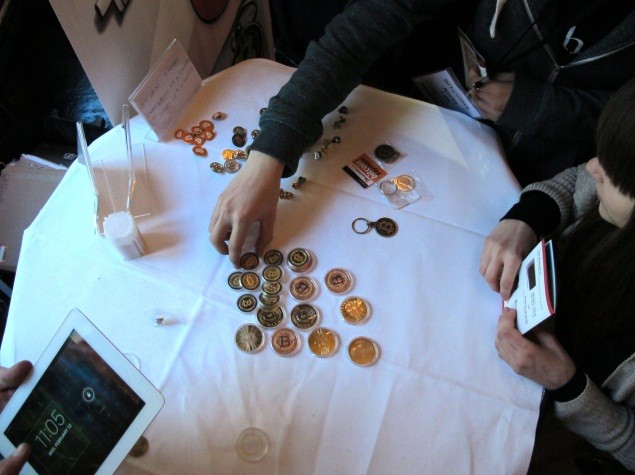In Currency Market What s Old Is New Again
Post on: 10 Июнь, 2015 No Comment

Ira Iosebashvili
Updated Jan. 8, 2013 9:09 p.m. ET
In 2013, the U.S. dollar has been behaving like its old self.
Ever since the financial crisis, the dollar has been treated as a haven, rising when investors are feeling fearful and falling when they are feeling brave, a marketwide pattern that came to be known as risk-on, risk-off trading.
But this year, the dollar has forged a different path.
It is a throwback to precrisis times that has caused a stir among currency investors and strategists. They wonder whether the moves are a sign of a bigger change in trading patterns to come. Some even speculate that the risk-on, risk-off trade may be fading.
ENLARGE
Some currency investors see a return to trading on fundamentals, not buying and selling on global macroeconomic worries. Bloomberg News
That would signal that investors are returning to look more closely at the fundamentals of various countries, buying and selling depending on the health of the economies and outlook for rates rather than based on global macroeconomic worries.
Some of that already can be seen in the dollar’s performance this year. Instead of rising and falling against most currencies simultaneously, the greenback has had a decidedly mixed year.
The dollar has risen 0.9% against the euro. At the same time, it has gained against the yen, the South African rand and the Indian rupee. On the flip side, it has fallen against the Mexican peso and Australian dollar.
It’s unlikely that we will go back to the times when the dollar broadly strengthened or weakened against everything, said James Kwok, who runs €12 billion ($16 billion) in currency funds for Amundi London. Now, the case for dollar strength or weakness becomes more complicated.
Mr. Kwok is reducing the size of what had been his main trade over the past two years, the euro’s value against the dollar. The currency pair has long been one of the most popular ways to play off the dollar’s role as a haven: Investors embraced the safety of the dollar whenever Europe’s debt problems deepened or bought the euro in calmer times.
ENLARGE
If Europe’s crisis continues to ease, the U.S. economy muddles along and China manages its slowdown, there may be fewer reasons to flee to havens, some investors said.
Mr. Kwok said if the U.S. economy continues to improve, the dollar could benefit. He is betting on the greenback against the yen. He also cited the Japanese government’s push to weaken the yen as another factor for the trade. Meanwhile, Mr. Kwok is buying other currencies that should gain if global growth picks up, such as the Mexican peso and Canadian dollar, betting they will rise against the euro.
For the last few years, we’ve been in an environment where global shocks in the U.S. and Europe drove everything, said Jens Nordvig, chief currency strategist at Nomura in New York. Now, traders are starting to think more normally about monetary policy and fundamentals.
The trading shift was cemented on Jan. 3, when minutes from the Federal Reserve’s December meeting showed several board members advocating an early end to the central bank’s bond buying, which had churned cash into financial markets and weakened the greenback. Investors in the past have equated monetary easing with a weaker currency, in part because lower rates make a currency less attractive to hold.
The dollar shot to a three-week high against the euro, and its moves since then haven’t followed the old pattern. Traders particularly noted the dollar’s moves after the U.S. jobs data on Friday. The report was disappointing to some investors, something that would normally drive them into the dollar. Instead, the currency dropped against the Australian dollar and other risk currencies.

Jon Jonsson, who manages about $95 million for J.P. Morgan s Ex-G4 fund, which usually buys currencies other than the dollar, euro, yen and British pound, increased his bets on the Mexican peso, which he sees gaining as much as 7% against the dollar this year if the country keeps inflation under control and continues to see strong employment growth.
Like Mr. Kwok, he intends to increase his exposure to emerging markets while limiting his bets on the euro against the dollar.
As the U.S. economic recovery gains traction, investors also are trying to factor in an eventual end to the Fed’s fiscal stimulus. For the past four years, the Fed has pumped money into the economy and kept rates low, pushing investors to search for yield outside U.S. government bonds. Any signs that the end of Fed support is closer are likely to bring yield seekers into the greenback, driving it higher.
If the automatic relationship between U.S. yields and economic data is restored, the risk-on-risk-off regime will come to an end, said Kit Juckes, a strategist with Société Générale in London, in a note to clients. This is going to happen at some point this year.
Still, the dollar could quickly snap back to its trading pattern of the past few years if last year’s crises re-emerge. Japan’s government is set on weakening the yen, the greenback’s major rival as a haven. And large investors like the dollar in times of turmoil because it is one of the easiest currencies to buy and sell against most other currencies.
The dollar is king right now…due to a lack of other alternatives you can deploy to in size, said Eric Upin, chief investment officer for Makena Capital Management, which manages more than $16 billion on behalf of large institutional investors.
Others think the dollar will come out the winner, no matter what.
While any eruption of political wrangling over the coming round of fiscal talks would likely send safety-seeking investors to the dollar, the greenback can also benefit from the relatively strong U.S. economy, said Samarjit Shankar, managing director of global strategy at BNY Mellon in Boston.
Improving risk appetite is not necessarily bad for the dollar, while risk aversion is still good for the dollar, Mr. Shankar said.
Matthew Walter contributed to this article.














